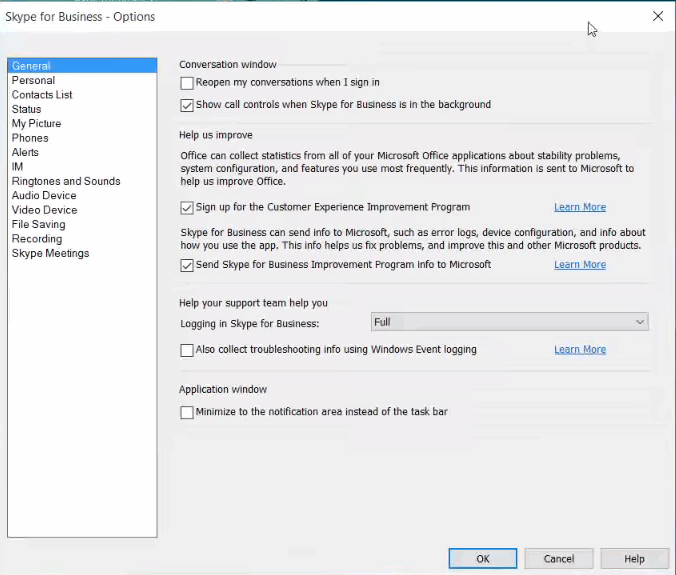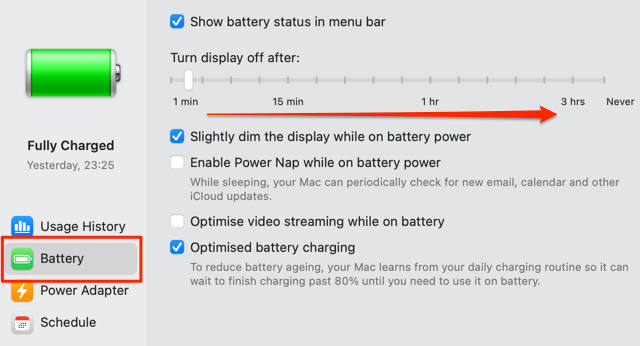

Two commandlets have also been removed from the SfB PowerShell module:
#Skype for mac timesout install
Please install Microsoft Teams cmdlets module for Windows PowerShell manually as a replacement for Skype for Business Online, Windows PowerShell Module. The installer prompts: DONE: SkypeOnlinePowerShell.Exe was uninstalled successfully. This CU also uninstalls the skype for Business Online PowerShell module, given the product’s recent retirement. No cmdlets have been added to the SfB module in this update. I note that the Web app and Mediation components received updates, but there are no kb’s listed explaining their contribution to this CU.

KB 5005522 Can’t add a second PSTN call if Mediation Server serves different site gateways in Skype for Business Server 2015.KB 5005520 Busy on Busy setting isn’t ignored for a Team Call group in Skype for Business Server 2015.KB 5005513 RTCSrv crashes on all Front End servers in all pools in Skype for Business Server 2015.


#Skype for mac timesout update
If you select this option, you should create a very secure password.It’s been three months since our last update to Skype for Business Server 2015, which was a rare security update that took us to.
#Skype for mac timesout password
VNC viewers may control screen with password: Other users can share your screen using a VNC viewer app-on iPad or a Windows PC, for example-by entering the password you specify here. To set additional options for screen sharing, click Computer Settings, then select one or both of the following:Īnyone may request permission to control screen: Before other computer users begin sharing the screen of your Mac, they can ask for permission instead of entering a user name and password. Network users and members of network groups can use their network name and password to connect to your Mac for screen sharing. Select a user from Network Users or Network Groups, which includes users and groups with network server accounts. Select a user from Users & Groups, which includes all the users of your Mac except sharing-only users and guest users. If you selected “Only these users,” click the Add button at the bottom of the users list, then do one of the following: Only these users: Screen sharing is restricted to specific users. See Join your Mac to a network account server. If your Mac is connected to a network account server, anyone with an account on that server can share your screen using their network user name and password. To specify who can share your screen, select one of the following:Īll users: Any of your computer’s users can share your screen, except sharing-only users and guest users. You can’t have both Screen Sharing and Remote Management on at the same time. If Remote Management is selected, deselect it. On your Mac, choose Apple menu > System Preferences, then click Sharing.


 0 kommentar(er)
0 kommentar(er)
